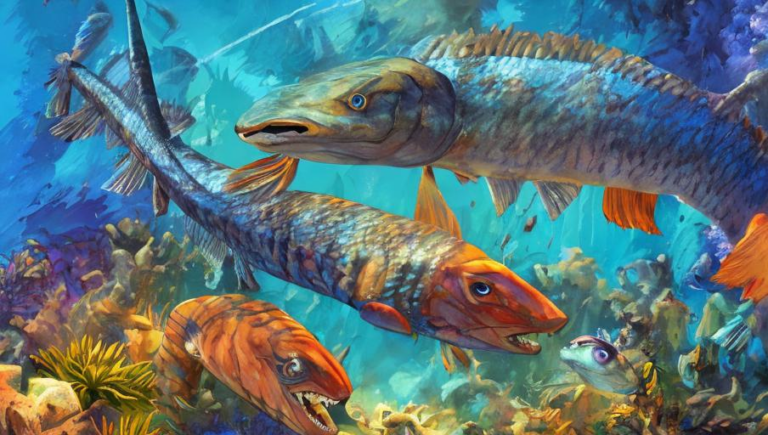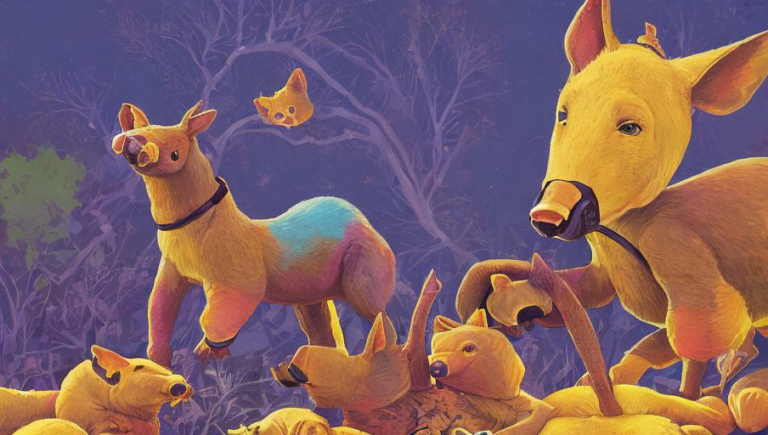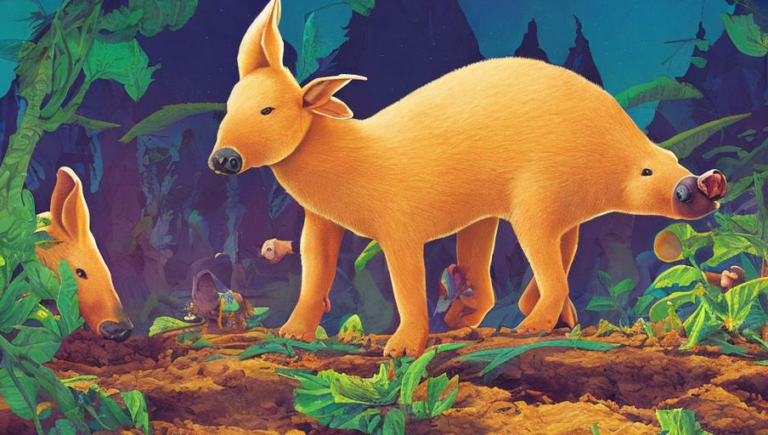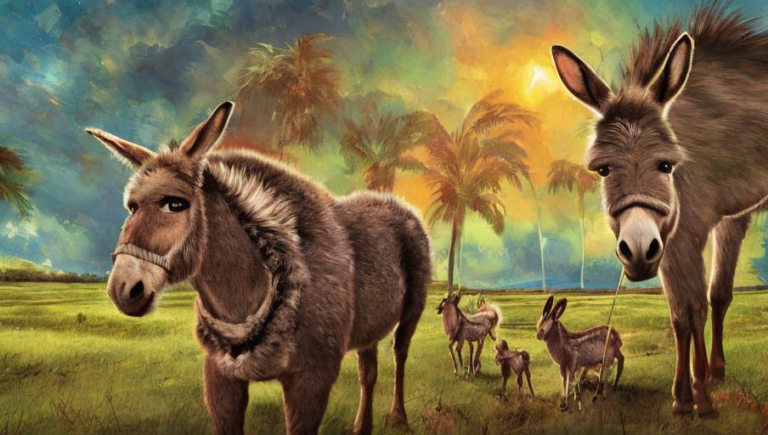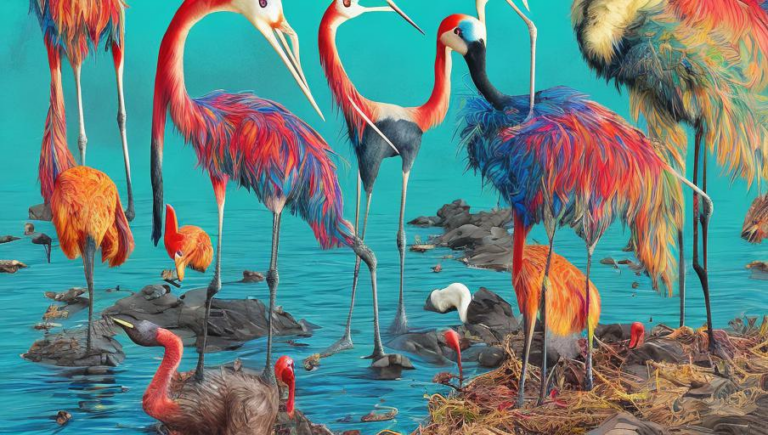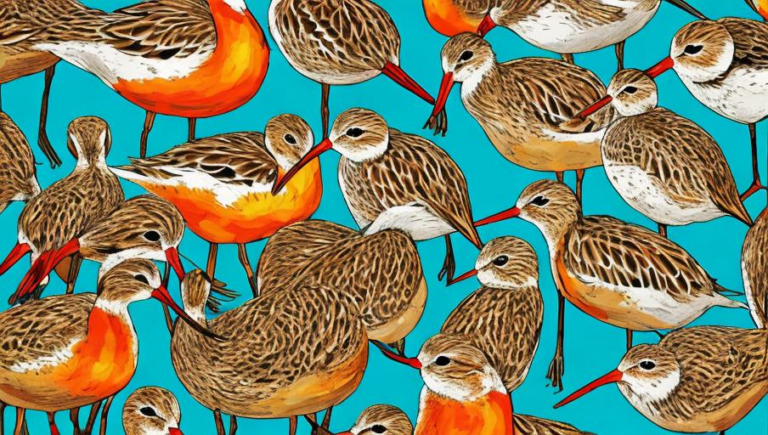Aardvarks: Unfamiliar and Endangered Species
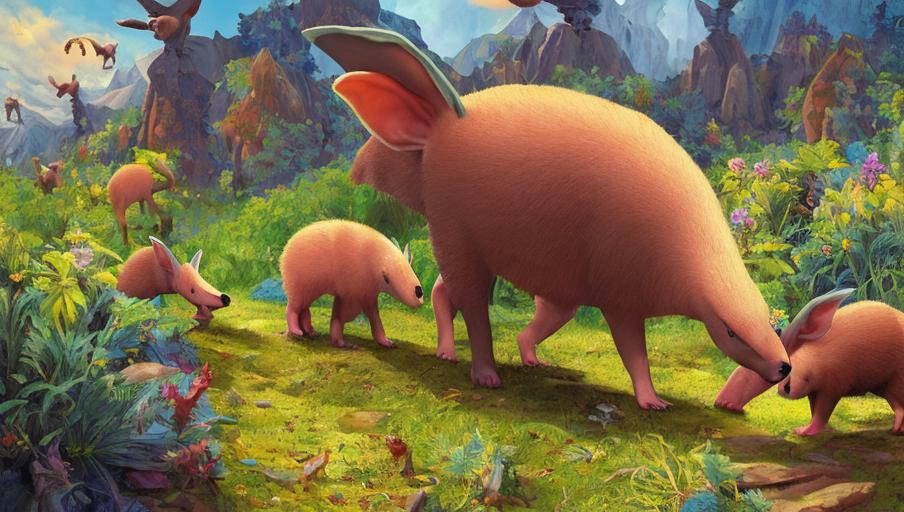
Introduction
The aardvark is a fascinating and elusive creature that is native to Africa. It is a nocturnal animal and is rarely seen in the wild. It is a member of the order Tubulidentata, which is the group of mammals that lack teeth and instead have long, tubular-shaped molars. Due to their secretive nature and the destruction of their habitat, aardvarks are now listed as an endangered species.
Physical Characteristics of the Aardvark
The aardvark has a long, pig-like snout, an elongated body and a short, stumpy tail. It has a coarse fur which can be red-brown or yellow-brown in color. Its ears are large and can reach up to 8 inches in length. It has four toes on each foot, with curved claws that are used for digging. Aardvarks have an exceptional sense of smell and hearing, which they use to detect prey and predators.
Aardvarks and Their Habitats
Aardvarks are found in a variety of habitats, including savannas, open woodlands, and dry grasslands. They inhabit areas with soft, loose soils that are ideal for digging burrows. Aardvarks feed on ants and termites and use their long snouts to sniff out their prey. They can also eat fruits, bulbs, and tubers. Aardvarks are solitary animals, living and foraging alone. They are active mainly at night and spend the day in their burrows.
Threats to Aardvarks
The aardvark is facing many threats due to human activities. The destruction of their habitat, caused by deforestation and urbanization, is one of the biggest threats to the species. They are also hunted for their meat, fur, and tails. Additionally, they are threatened by diseases, such as rabies and canine distemper, that are spread by domestic animals. Climate change is also having an impact on the species, as it is causing droughts and other extreme weather conditions that are making it harder for the aardvark to find food and shelter.
Conservation Efforts for Aardvarks
To protect the aardvark and other endangered species, conservation organizations are working to protect their habitats and create awareness about the threats facing the species. They are also working to create protected areas where aardvarks can find food and shelter. Additionally, organizations are working to reduce hunting and poaching of aardvarks by providing alternative sources of income for local communities. Finally, organizations are also working to educate the public about the importance of protecting aardvarks and other endangered species.
Conclusion
The aardvark is a fascinating and mysterious creature that is facing many threats. To protect the species, conservation organizations are working to protect their habitats and create awareness about the threats they are facing. It is important that we all do our part to help protect these creatures and their habitats.
